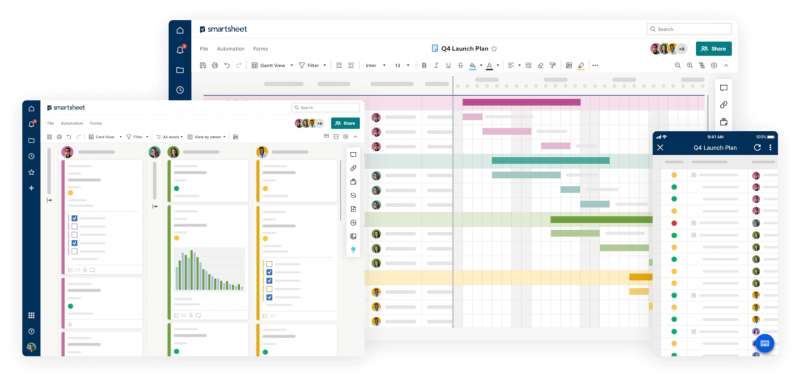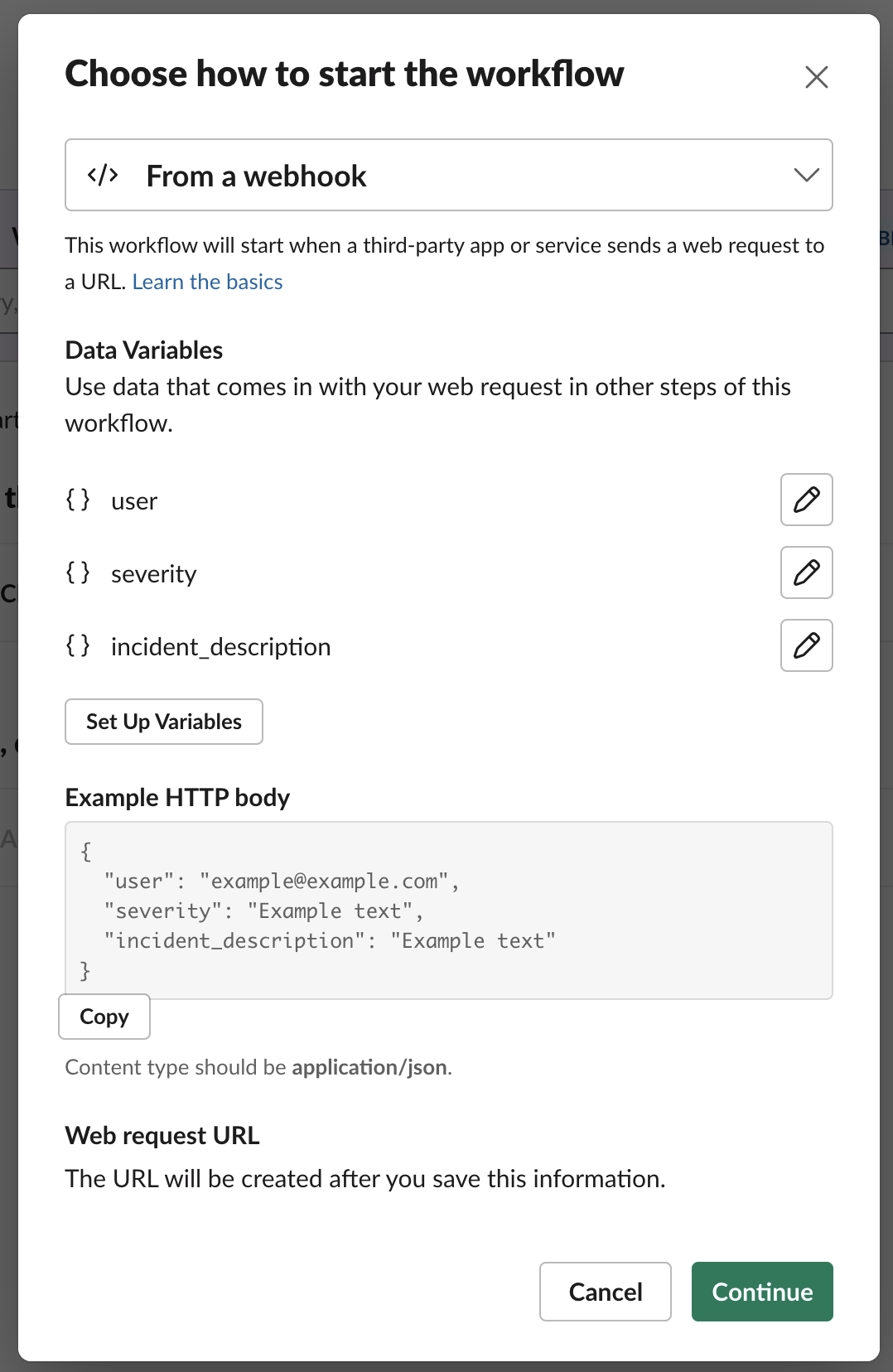

That would mean that every 10 or 15 minutes, you’re using CPU or RAM which can really cost your business, especially if you’re hosted on the cloud. Without webhooks, your software might need to pull from an API at regular intervals. Improved performance also has a positive impact on your bottom line. When someone changes or cancels plans, you want Stripe to tell you as soon as possible.

Imagine your company manages billing in Stripe. This increased speed is reflected in the experience of the end user, who sees their intended action happen more quickly. The second something happens and triggers the webhook, the piece of software receiving it jumps into action.
#Best workflow software with webhooks manual#
Because there’s no manual action or querying involved in this interaction, it can happen so much faster. With this automation, comes improved performance. You just maintain a server able to accept the webhooks, and it receives the news. They don’t require you or your tool to spend effort and resources to query the API of the tools you need to interact with. The clear advantage to using them is that they’re automatic. There are three main advantages to using webhooks: This saves other tools from having to go periodically “fetch” that information. So developers can go in and build one that says “When an issue is updated, let me know at this internal url,” and GitHub will do so automatically. But it also lets you query and create webhooks. GitHub provides an API which lets you query for issues and pull requests. It’s like a little message that tells that specific piece of software to react when something happens. Now webhooks can be seen as a small part of the API focused on automatic actions. So, when someone wants to build an integration between two apps, they’re typically using the API to make that happen. In fact, APIs are usually used in the creation of webhooks, but they are different entities.Ī tool’s API exposes the protocol and functions which allow other tools to communicate with it. Looking at the definition above, you might think that it sounds very similar to an API (application programming interface). But webhooks can be applied to a vast array of software functions and actions. So it’s more like receiving a calendar reminder from Facebook when it’s a friend’s birthday. Webhooks flip that one-way relationship on its head. When you enter a search query into Google, you’re “contacting” the service - Google’s software. What is a webhook?Ī webhook is essentially an automatic message being sent from one piece of software to another. In this post, we’ll break down what they are, why they’re used, and how apps put them to work. If you’ve ever used a Slack integration, set up a recipe in IFTTT, or managed workflows in Unito, you’ve used webhooks. A webhook might sound like something Spiderman uses to defeat the Green Goblin, but it’s actually a fundamental part of how lots of web apps interact.


 0 kommentar(er)
0 kommentar(er)
